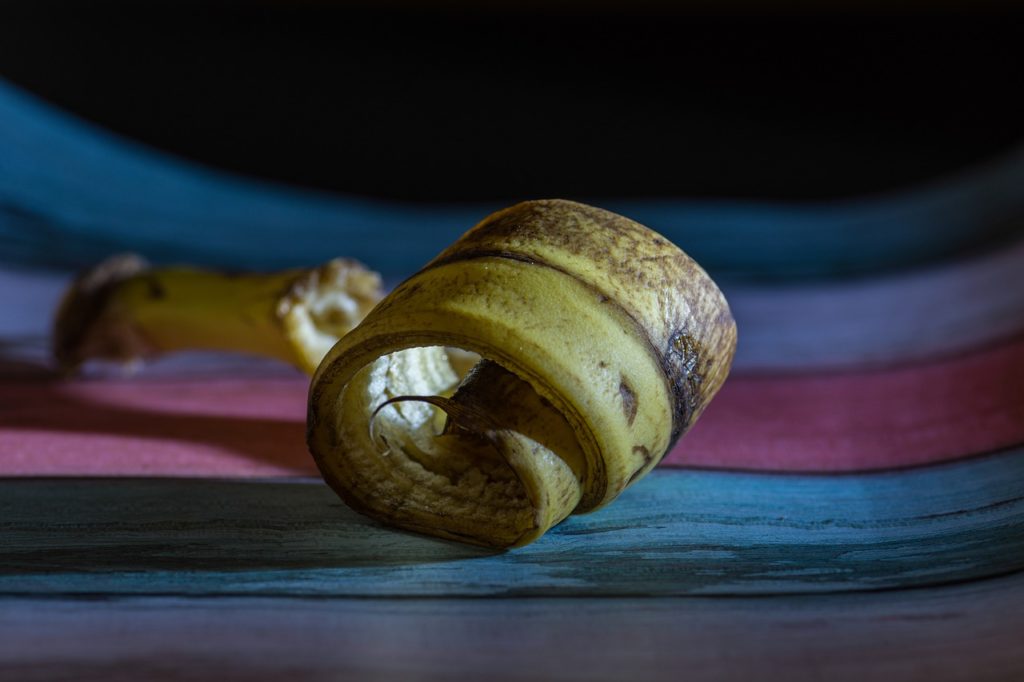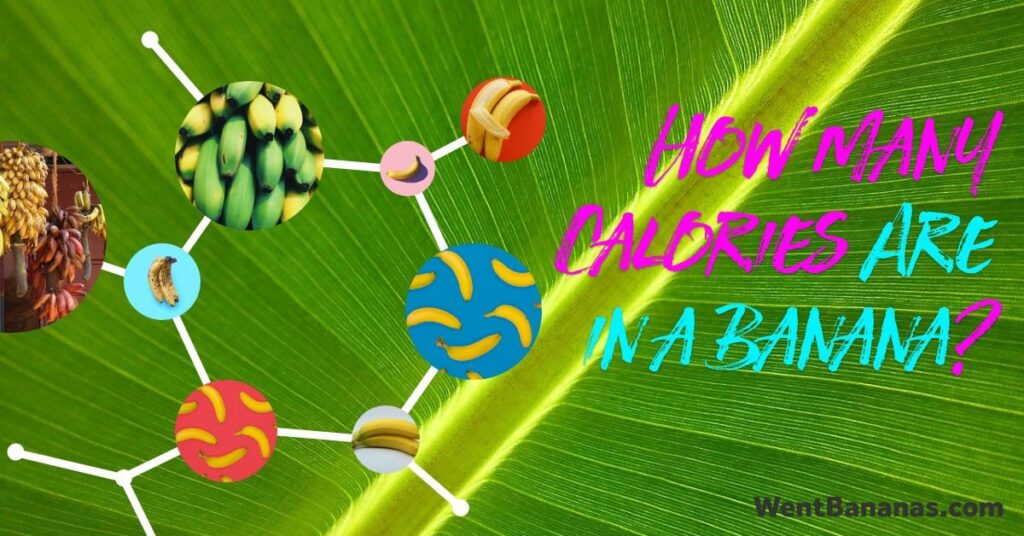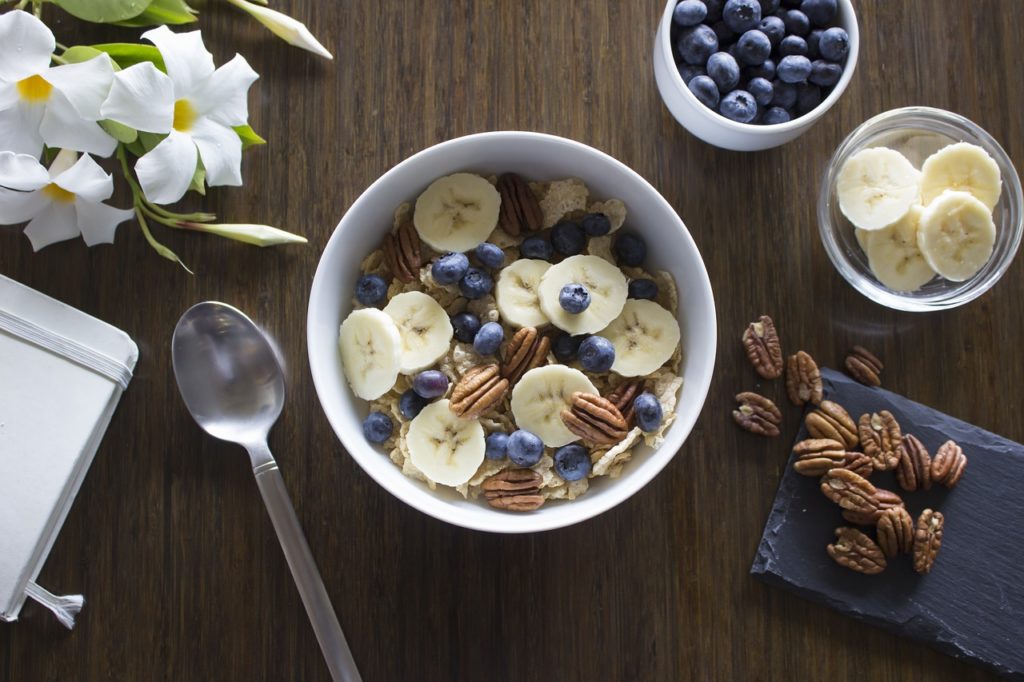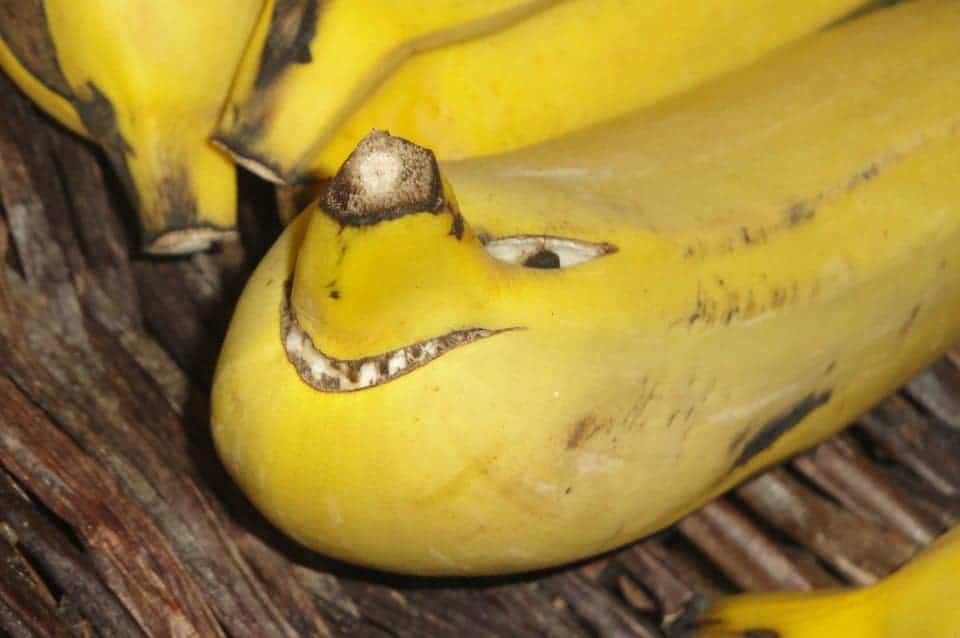Key Takeaways
- Diverse Banana Varieties: Beyond the common Cavendish, over 1,000 banana types offer unique flavors, colors, and textures, enriching culinary experiences and consumer choices.
- Nutritional Benefits: Different banana varieties provide varying levels of vitamins, minerals, and fiber, catering to diverse dietary needs and promoting overall health.
- Culinary Versatility: From the starch-rich Plantains ideal for cooking to the creamy Blue Java bananas perfect for desserts, each variety enhances a wide range of recipes.
- Sustainable Agriculture: Growing multiple banana types supports agricultural sustainability by increasing resilience against pests, diseases, and varying climate conditions.
- Genetic Diversity Importance: Preserving a wide array of banana varieties is crucial for maintaining genetic diversity, which is essential for food security and combating agricultural challenges.
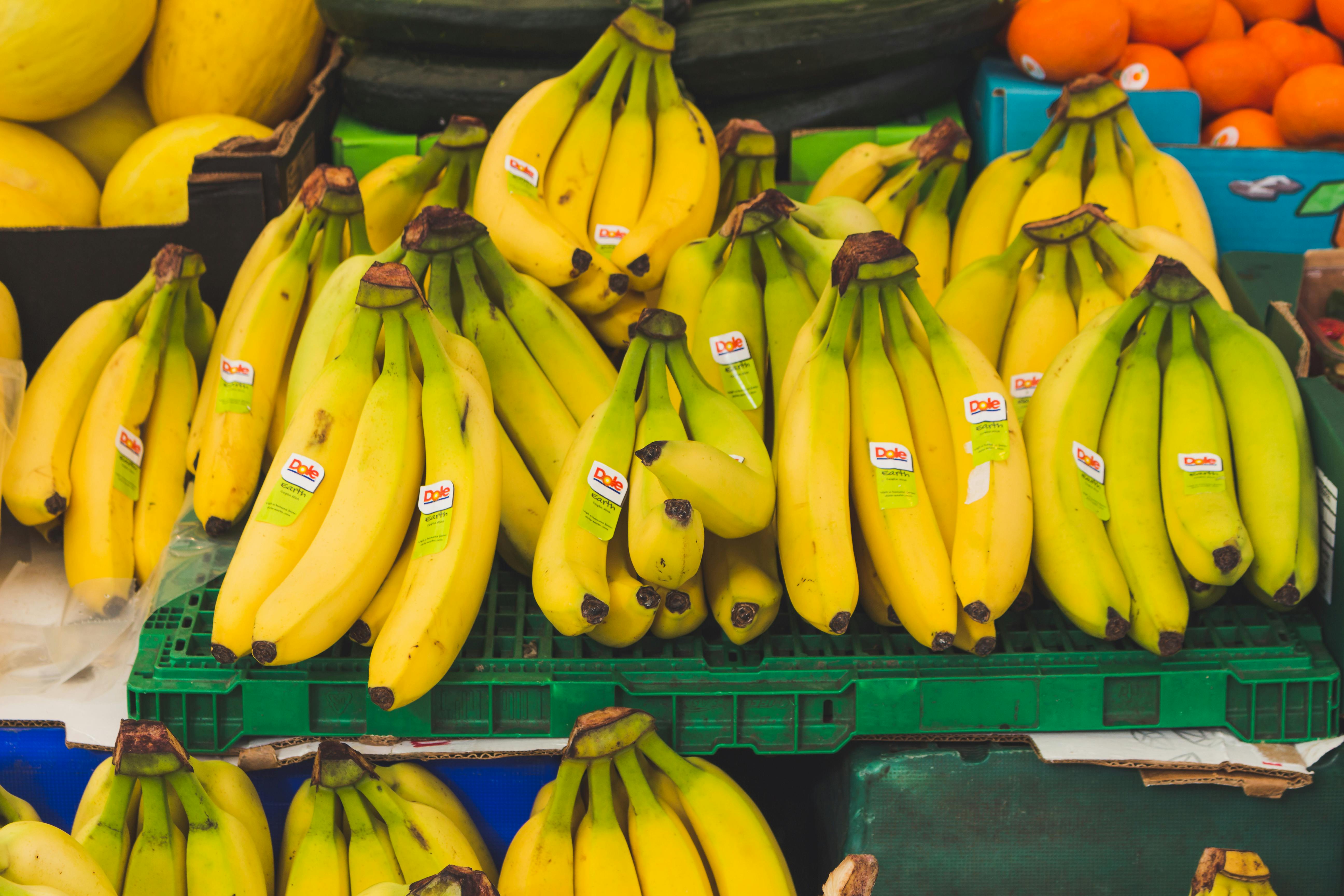
Bananas are more than just the Cavendish you find in every supermarket. I’ve always been fascinated by the incredible diversity of this beloved fruit. From sweet to tangy and everything in between, there’s a whole world of banana varieties waiting to be explored.
Join me as I delve into the vibrant array of bananas that thrive in different climates and cultures. Discover how each unique variety brings its own flavor, texture, and story to the table. Whether you’re a banana enthusiast or just curious, let’s go beyond the familiar and uncover the hidden gems of the banana universe.
Overview of Banana Diversity
Bananas belong to the genus Musa, which includes over 1,000 varieties worldwide. These varieties vary in size, color, flavor, and nutritional content. Key types include:
- Cavendish: Dominant in global markets, offering a sweet taste and firm texture.
- Plantains: Starchier and larger, primarily used in cooking and frying.
- Red Bananas: Sweeter than Cavendish with a reddish-purple skin and creamy flesh.
- Lady Finger: Smaller and sweeter, ideal for snacking and desserts.
- Blue Java: Known as the “ice cream banana” for its soft texture and vanilla-like flavor.

Banana diversity supports agricultural sustainability and food security. Different varieties thrive in various climates, providing resilience against pests and diseases. For example, the Gros Michel variety was widely cultivated before Panama disease reduced its prevalence, underscoring the importance of genetic diversity.
Nutritional profiles differ among banana types. Some, like plantains, offer higher carbohydrate content, while others provide more vitamins and minerals. The table below highlights key attributes of selected banana varieties:
| Variety | Origin | Flavor Profile | Primary Use | Skin Color |
|---|---|---|---|---|
| Cavendish | Southeast Asia | Sweet and mild | Fresh consumption | Yellow when ripe |
| Plantain | West Africa | Starchy and savory | Cooking and frying | Green to yellow |
| Red Banana | Southeast Asia | Sweet and creamy | Fresh consumption | Reddish-purple |
| Lady Finger | Southeast Asia | Very sweet and tender | Snacking and desserts | Yellow when ripe |
| Blue Java | Southeast Asia | Vanilla-like sweetness | Fresh consumption | Blue-green when ripe |
Understanding banana diversity enhances my ability to grow various banana trees and develop new recipes. Each variety brings unique characteristics that inspire creativity in the kitchen and the garden.
Popular Banana Varieties
Bananas come in a variety of types, each offering unique flavors and uses. Let’s explore some popular varieties beyond the Cavendish.
Plantains
Plantains are starchier than sweet bananas, making them ideal for cooking. I grow them in my garden because they thrive in warm climates. These bananas are essential in dishes like tostones and maduros. Plantains can be fried, baked, or boiled, providing versatile options in recipes.
Red Bananas
Red Bananas have a distinctive reddish-purple skin and a creamy, sweet flesh. I use them in smoothies and fruit salads for their unique flavor. Unlike the Cavendish, Red Bananas contain higher levels of vitamins A and C, offering added nutritional benefits. Their soft texture makes them perfect for desserts and baking.
Apple Bananas
Apple Bananas, also known as “Manzano” bananas, have a hint of apple and strawberry flavor. Growing these bananas has been rewarding due to their compact size and sweet taste. They are excellent for fresh eating and add a flavorful twist to fruit bowls. Their unique taste sets them apart, making them a favorite among my readers.
Unique and Rare Varieties
Discovering unique banana varieties expands the culinary and gardening possibilities. Each type offers distinct flavors and growing requirements.
Blue Java
Blue Java bananas, known as “ice cream bananas,” feature a bluish-silver peel before ripening. Their creamy, sweet flesh mimics vanilla ice cream, making them ideal for desserts and smoothies. These bananas thrive in temperatures between 60-80°F and are resistant to common pests, ensuring a reliable harvest for enthusiasts.
Goldfinger
Goldfinger bananas deliver a tangy-sweet flavor with a firm texture. They produce fruit twice a year and withstand temperatures from 55-85°F, providing versatility for various climates. Resistant to Panama disease and other pests, Goldfinger plants offer sustainable growth. They suit fresh eating, baking, and cooking applications, enhancing versatility in the kitchen.
Praying Hands

Praying Hands bananas stand out with their unique, stacked, finger-like fruits. Their sweet taste and dense texture make them perfect for raw consumption and baking. These plants prefer warm climates, thriving in temperatures between 70-90°F. Praying Hands bananas not only add visual appeal to gardens but also offer reliable yields for those seeking both beauty and productivity.
Nutritional Benefits
I’ve always been fascinated by the diverse nutritional profiles of banana varieties beyond the Cavendish. Each type brings unique vitamins and minerals to the table, supporting different aspects of our health.
Key Nutrients in Banana Varieties
- Vitamins: Red bananas boast higher vitamin A and C levels, enhancing immune function and eye health. Lady Finger bananas provide more vitamin B6, which aids metabolism and brain health.
- Minerals: Plantains are rich in potassium, helping to regulate blood pressure. Blue Java bananas offer increased magnesium, crucial for muscle function and bone health.
- Fiber: All banana varieties contain dietary fiber, promoting digestion and maintaining a healthy gut.
- Carbohydrates: Plantains have a higher starch content, serving as a sustained energy source. Cavendish bananas provide easily digestible carbohydrates for quick energy boosts.
Comparative Nutritional Data
| Nutrient | Cavendish (per 100g) | Plantain (per 100g) | Red Banana (per 100g) | Blue Java (per 100g) |
|---|---|---|---|---|
| Vitamin C (mg) | 8.7 | 18.4 | 13.0 | 10.0 |
| Vitamin A (IU) | 64 | 112 | 260 | 50 |
| Potassium (mg) | 358 | 499 | 358 | 400 |
| Magnesium (mg) | 27 | 37 | 27 | 30 |
| Dietary Fiber (g) | 2.6 | 2.3 | 2.6 | 2.3 |
| Carbohydrates (g) | 22.8 | 31 | 23 | 22 |
Exploring these nutritional benefits inspires new recipes and cultivation practices, enriching both your diet and gardening endeavors.
Culinary Uses
Exploring different banana varieties opens up a world of culinary possibilities. Each type brings unique flavors and textures to various dishes.
Plantains
Plantains serve as a versatile ingredient in both savory and sweet recipes. I often use them to make tostones, which are twice-fried green plantain slices, and maduros, sweet fried plantains that complement main courses.
Red Bananas
Red Bananas add vibrant color and a rich sweetness to meals. I incorporate them into smoothies and desserts, enhancing both the taste and nutritional value of these dishes with their higher vitamin A and C content.

Lady Finger Bananas
« Forgotten Banana Varieties: A Look at Lost Cultivars – Rediscovering Our Agricultural Heritage
Plantains vs. Dessert Bananas: What’s the Difference? Discover Their Unique Uses & Benefits »
Lady Finger Bananas are perfect for fresh snacks and light desserts. Their sweet, delicate flavor makes them ideal for fruit salads and banana bread, providing a subtle sweetness without overpowering other ingredients.
Blue Java Bananas
Known as “ice cream bananas,” Blue Java Bananas excel in creating creamy desserts. I use them to make banana ice cream and puddings, where their vanilla-like flavor and smooth texture shine.
Goldfinger Bananas
Goldfinger Bananas offer a tangy-sweet flavor and firm texture, making them suitable for a variety of dishes. I enjoy adding them to fruit bowls, baking recipes, and even savory dishes like banana curries due to their versatility.
Praying Hands Bananas
Praying Hands Bananas stand out with their stacked appearance and sweet taste. I use them for raw consumption, baking, and incorporating them into smoothie bowls, where their unique shape and flavor add visual and taste appeal.
By experimenting with these diverse banana varieties, I create new and exciting recipes that highlight the unique qualities of each type, enriching my culinary repertoire and delighting my friends and readers.
Cultivation and Sustainability
Growing diverse banana varieties requires specific climate conditions and sustainable practices. Most bananas thrive in tropical regions with temperatures between 75°F and 95°F. They need well-drained soil rich in organic matter, ideally with a pH between 5.5 and 7.0. Proper irrigation ensures consistent growth, especially during dry seasons.
Sustainable banana cultivation involves several key practices:
- Crop Rotation: Alternating banana plants with legumes or other crops reduces soil depletion and interrupts pest cycles.
- Integrated Pest Management (IPM): Combining biological controls like beneficial insects with minimal pesticide use minimizes environmental impact.
- Shade Management: Planting bananas under the canopy of taller trees conserves water and maintains soil health.
I focus on using organic fertilizers, such as compost and manure, to enhance soil fertility naturally. This approach supports healthy plant growth and reduces reliance on chemical inputs.
Environmental Impact
Banana farming can affect ecosystems, but sustainable methods mitigate negative effects. Key considerations include:
| Impact Area | Sustainable Practice |
|---|---|
| Soil Health | Crop rotation, organic fertilizers |
| Water Usage | Efficient irrigation systems |
| Biodiversity | Maintaining habitat for beneficial species |
| Carbon Footprint | Reducing chemical inputs, local sourcing |
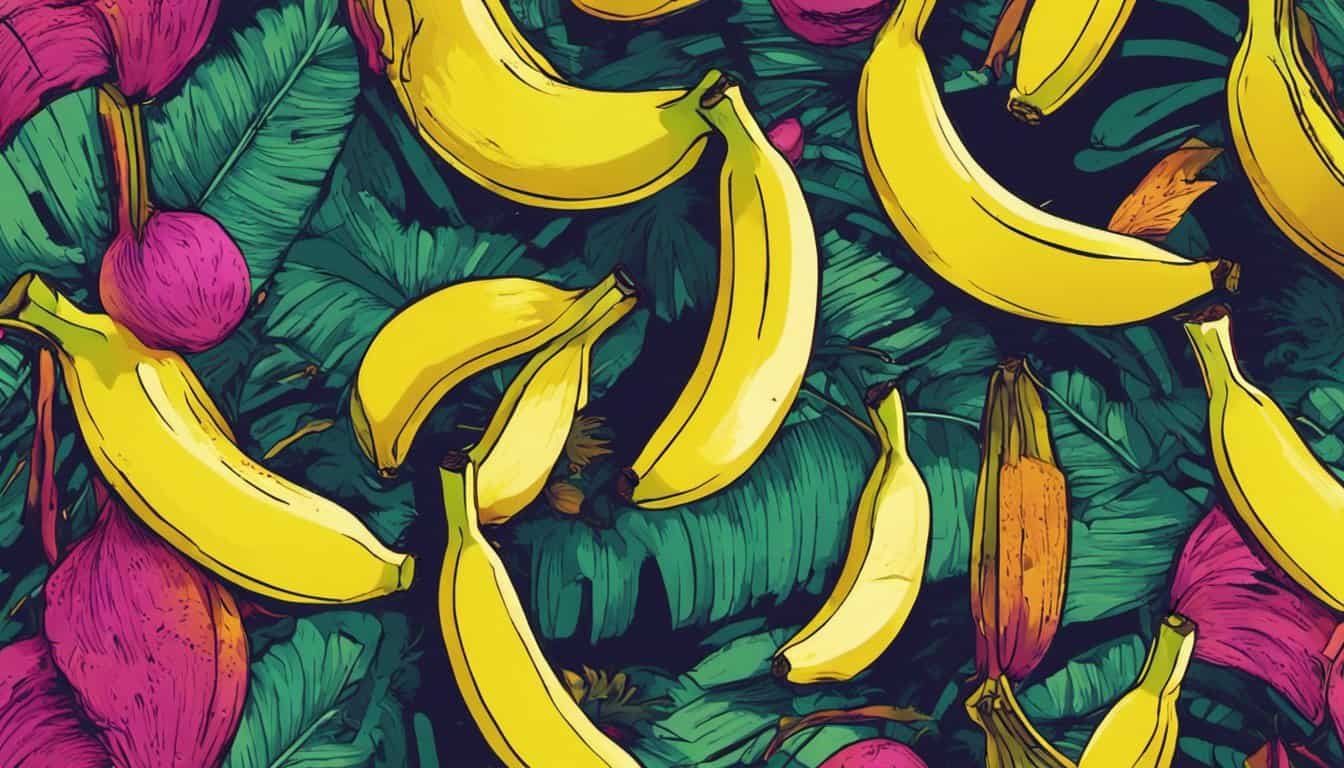
Implementing these practices ensures that banana cultivation remains viable without compromising environmental integrity. Additionally, selecting resilient banana varieties like Goldfinger enhances sustainability by reducing susceptibility to pests and diseases.
By prioritizing sustainable cultivation techniques, I contribute to the longevity of banana farming and support global food security. Sharing these methods with fellow growers and readers helps promote a more sustainable and diverse banana industry.
Conclusion
Discovering the world of banana varieties has truly expanded my appreciation for this versatile fruit. Each type brings something unique to the table, making everyday meals more exciting and nutritious. I love how exploring different bananas not only spices up my kitchen but also supports sustainable farming practices. I hope you’ll give these diverse varieties a try and enjoy the flavors and benefits they offer. Let’s embrace the variety and celebrate bananas in all their delicious forms.
Frequently Asked Questions
What are the main types of bananas besides Cavendish?
Beyond the Cavendish variety, there are several types of bananas including Plantains, Red Bananas, Lady Finger, Blue Java, Goldfinger, and Praying Hands. Each variety offers unique flavors, textures, and uses. Plantains are starchier and ideal for cooking, while Red Bananas have a creamy texture and higher vitamin content. Lady Finger bananas are sweet and great for fresh eating, Blue Java bananas are known as “ice cream bananas” for their creamy flesh, Goldfinger bananas are pest-resistant with a tangy-sweet flavor, and Praying Hands bananas have a distinctive stacked appearance perfect for raw consumption and baking.
What are the unique characteristics of Plantains?
Plantains are starchier and less sweet than other banana varieties, making them ideal for cooking. They are commonly used in dishes like tostones, maduros, and various savory recipes. Plantains are versatile, suitable for both frying and baking, and provide a sustained energy source due to their higher carbohydrate content. They thrive in warm climates and are a staple food in many tropical regions, contributing significantly to food security and agricultural sustainability.
How do Red Bananas differ from other banana varieties?
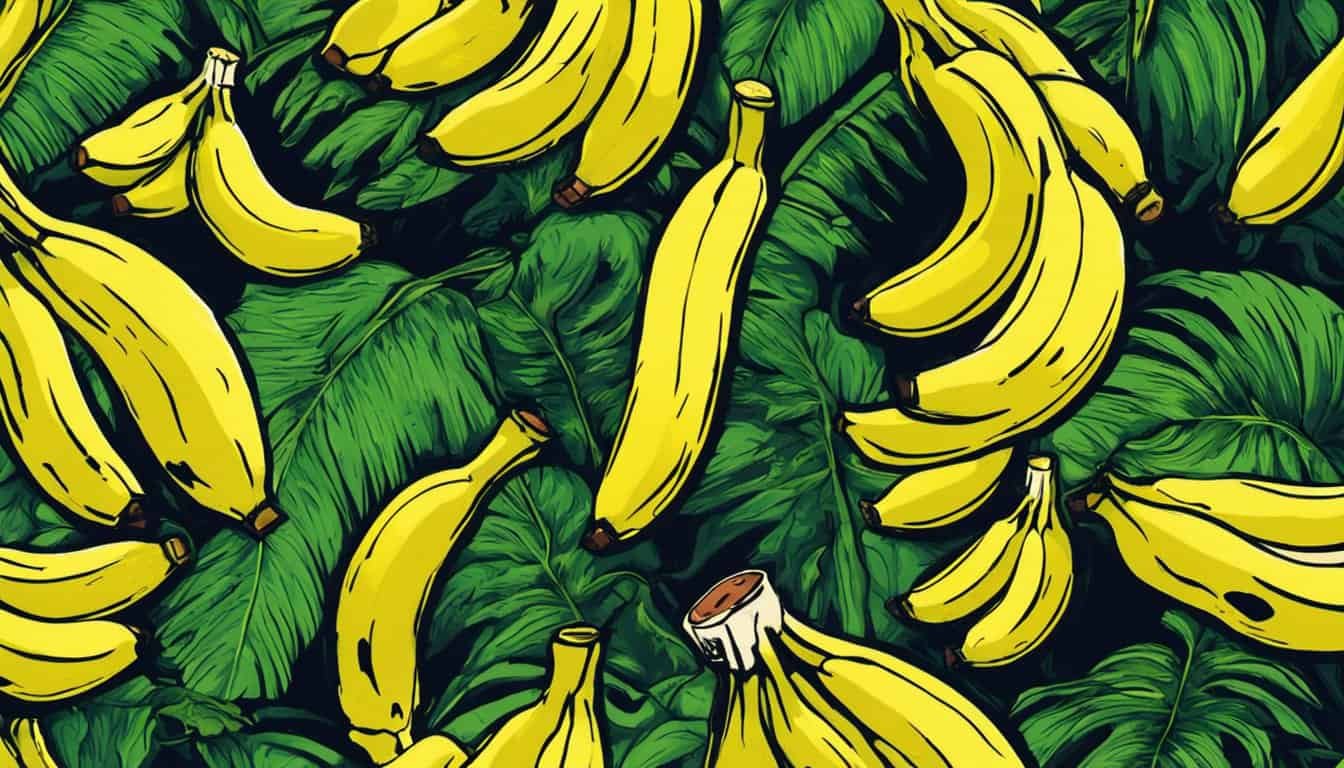
Red Bananas have a distinctive reddish-purple skin and creamy flesh, offering a sweeter and slightly raspberry-like flavor compared to the Cavendish. They are richer in vitamins A and C, making them a nutritious addition to smoothies, desserts, and fruit salads. Red Bananas also have a softer texture, making them perfect for fresh consumption. Their vibrant color adds visual appeal to various dishes, enhancing both flavor and presentation.
What makes Blue Java bananas unique?
Blue Java bananas, also known as “ice cream bananas,” are unique for their bluish-silver peel and creamy, sweet flesh that resembles vanilla ice cream. This makes them ideal for use in desserts like ice creams, smoothies, and milkshakes. Blue Java bananas are highly aromatic and have a smooth texture, appealing to those who enjoy a rich and creamy banana flavor. They are also resilient to pests, making them a sustainable choice for diverse climates.
Why is banana diversity important for agriculture?
Banana diversity is crucial for agricultural sustainability and food security. Different banana varieties can thrive in various climates and are resilient against pests and diseases, reducing the risk of crop failure. Diversity ensures a stable supply of bananas, supports biodiversity, and promotes sustainable farming practices. It also provides nutritional variety, as different types offer varying vitamins and minerals, enhancing overall diet quality and resilience.
What are the nutritional benefits of different banana varieties?
Different banana varieties offer unique nutritional profiles. Red Bananas are rich in vitamins A and C, supporting immune health and vision. Lady Finger bananas provide more vitamin B6, important for brain health and metabolism. Plantains are high in potassium, which helps regulate blood pressure, while Blue Java bananas offer magnesium for muscle and bone health. All varieties contain dietary fiber, promoting digestion, and their carbohydrate content varies, with Plantains serving as a sustained energy source.
How can different banana varieties enhance culinary dishes?
Different banana varieties can enhance culinary dishes by adding unique flavors and textures. Plantains are versatile for both savory and sweet recipes, such as tostones and maduros. Red Bananas add vibrant color and sweetness to smoothies and desserts. Lady Finger bananas are ideal for fresh snacks and light desserts, while Blue Java bananas excel in creamy desserts like ice cream. Goldfinger bananas offer a tangy-sweet flavor suitable for baking and savory dishes, and Praying Hands bananas are perfect for raw consumption and baking due to their unique shape.
What sustainable practices are recommended for banana cultivation?

Sustainable banana cultivation includes practices like crop rotation, integrated pest management, and shade management to maintain soil health and minimize environmental impact. Using organic fertilizers enhances soil fertility and reduces reliance on chemicals. Efficient irrigation systems preserve water resources, while maintaining biodiversity supports ecosystem balance. Local sourcing and minimizing chemical inputs also help reduce the carbon footprint, ensuring that banana farming remains sustainable and environmentally friendly.
How do different banana varieties contribute to food security?
Different banana varieties contribute to food security by providing a diverse and resilient food source. Varieties like Goldfinger and Praying Hands are resistant to pests and diseases, ensuring stable yields. Plantains offer a staple carbohydrate source, while sweet varieties like Red and Lady Finger bananas add nutritional diversity. This diversity allows banana production to thrive in various climates, reduces dependency on a single type, and ensures a continuous supply of bananas to meet global demand.
What climates are best for growing various banana varieties?
Most banana varieties thrive in tropical regions with temperatures between 75°F and 95°F. Plantains and Goldfinger bananas are particularly resilient and can grow in a range of tropical climates. Blue Java and Praying Hands bananas prefer warm, humid environments with well-drained, organic-rich soil. Red and Lady Finger bananas also flourish in similar conditions but may require more specific care to maintain their nutritional and flavor profiles. Ensuring the right climate and sustainable practices helps each variety reach its full potential.













